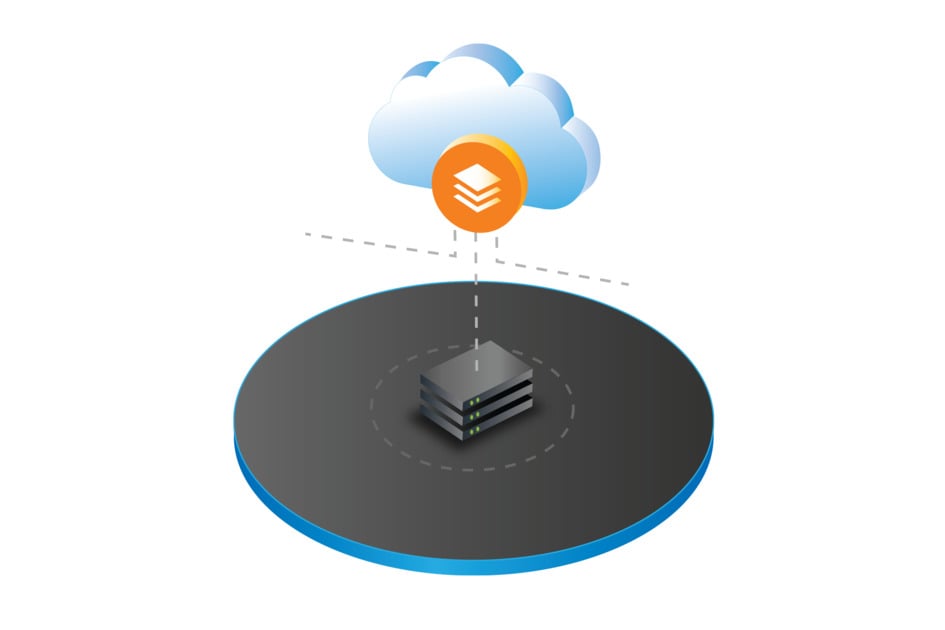The cable industry is no exception, especially now as cable operators begin deploying revolutionary network solutions like Distributed Access Architecture (DAA) and Node PON. But that doesn’t mean traditional hybrid fiber coax (HFC) platforms, equipment or solutions aren’t still viable tools in this evolving network environment.
Take the CommScope® E6000® and C100G CMTS chassis, for example. It’s true that next-generation DOCSIS 4.0 deployments will require a virtualized Converged Cable Access Platform (CCAP) solution such as CommScope’s vCCAP Evo™ platform to support DOCSIS 4.0’s expanded network capacities and densities, but not all cable operators have immediate plans to deploy DOCSIS 4.0. For these cable operators, it’s imperative to find new or enhanced access network technologies that support speed and capacity improvements using their current CMTS assets.
Perhaps the most exciting of these technologies is D3.1Enhanced (D3.1E), which supports expanded speed tiers and downstream capacities in targeted areas of a mid-split or high-split DOCSIS 3.1 HFC network. D3.1E technology can help cable operators monetize their current network assets, maintain a competitive value proposition with their subscribers, and get the best return on investment from their field upgrades. D3.1E technology makes these benefits possible by:
- Expanding the maximum number of downstream OFDM channel blocks from two to either four (with SC-QAM channels) or five (without SC-QAM channels)
- Supporting downstream throughput speeds of up to 8 Gbps
A significant advantage of D3.1E technology is that it doesn’t require invasive or costly infrastructure upgrades to realize these improvements. Instead, D3.1E technology only requires the following modifications to a sub-split network architecture:
- An 85/102 MHz mid-split or 204/258 MHz high-split plant upgrade
- An upgrade to Software Release 14 or higher (for CommScope’s Gen 2 E6000 CER) or Software Release 8.12 (for CommScope C40G or C100G I-CCAPs)
- Targeted deployments of DOCSIS 3.1+ or DOCSIS 4.0 CPE devices, which support the D3.1E technology’s expanded OFDM capacity
With these upgrades and improvements, D3.1E can enhance and revitalize the performance of a chassis-based CMTS for the foreseeable future. We can illustrate this incremental value by way of an analogy: in mining, it’s not uncommon to rework a played-out mine to extract other, equally valuable metals or minerals. Geologists may discover a rich vein of tungsten, for example, in a silver mine. A discovery like this enables a company to remonetize and extend the life of an asset in ways that weren’t immediately apparent when the original asset was deployed. Now think of a chassis-based CMTS as an existing asset—the silver mine—that has untapped veins of speed and capacity buried in its core. D3.1E technology is the means of extracting new value—the tungsten—from that asset by mining these buried operational powers and bringing them to the surface to help enhance the profitability and extend the usefulness of the asset.
While those latent operational powers are lurking in the CMTS chassis, most operators haven’t even begun to exploit them—which makes D3.1E technology especially relevant in today’s competitive cable market. While most CCAPs currently in operation support full DOCSIS 3.1 operation (i.e., in a mid-split or high-split network), many operators still use them to support DOCSIS 3.0 operation (i.e., sub-split networks).
If you’re one of the many operators who don’t use CCAPs to support full DOCSIS 3.1 operation—as most of them can—then you haven’t begun to utilize your network assets to the fullest. By implementing the modifications that support D3.1E technology described above, you can begin doing so in short order without major service disruptions and without extensive field construction.
As a side note, CommScope’s E6000 and C100G chassis also support Low Latency DOCSIS (LLD), which significantly reduces the “round-trip” latency in your network. This reduction greatly improves the user experience, particularly in gaming and other interactive environments such as video conferencing by reducing a variety of latency issues, such as the jitter, sometimes experienced by on-line gamers related to data transmission lag times rather than network bandwidths or speeds. Combined with the deployment of D3.1E technology, LLD provides you with a truly optimized I-CCAP platform—one that can greatly enhance the subscriber experience and keep your current network architecture competitive for years to come.
After discussing the many benefits of D3.1E and how they can give chassis-based CMTS a new lease on life, we are reminded of the so-called “death of the amplifier” discussions that made the industry rounds in 2017 and 2018. That talk was driven by the introduction of new access network technologies, such as fiber deep operation, that operated without amplifier cascades. The reasoning at the time was that these network architectures would become the norm. And yet, in 2025, the RF amplifier is as viable as ever. In fact, since we introduced CommScope’s 1.2 GHz DOCSIS 3.1 amplifiers in 2020, our sales figures show that more than two million of these units had shipped as of April 2025—a testament to the enduring importance of RF amplifier technology.
Similarly, the CMTS chassis is proving its durability in cable networks thanks to D3.1E technology, which has reinvigorated it via competitive new speed tiers, enabling cable operators to increase average revenue per user (ARPU) and keep pace with their competition, economically and efficiently, using network assets they already have. Quite simply, D3.1E technology can enhance and extend the value of mid-split and high-split network upgrades by unlocking previously untapped reserves of power without resorting to costly rebuilds or disruptive service outages. It’s an ideal network optimization solution for today’s challenging business environment.
© 2025 CommScope, LLC. All rights reserved. CommScope and the CommScope logo are registered trademarks of CommScope and/or its affiliates in the U.S. and other countries. For additional trademark information see https://www.commscope.com/trademarks DOCSIS is a registered trademark of Cable Television Laboratories, Inc. All other product names, trademarks and registered trademarks are property of their respective owners.












